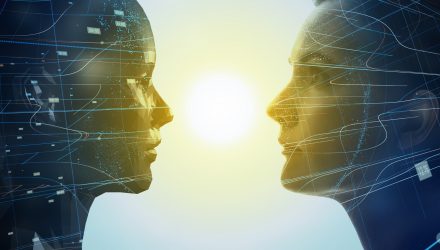A digital twin is, by definition, a virtual replica of a physical asset. But it is actually a lot more than that. It is a combination of IoT, machine learning and AI put together to build a replica of your physical machine and make it analyze and or predict what are the impacts of actions on that machine.
It is a trending topic and it touches robotics in different aspects. And honestly it is pretty cool.
Insights is a robot digital twin
A digital twin is basically just the continuity of the big data trend. We are currently in an era where data is one of the most important resources a company can get, either for its users (social networks), its machines (Insights), its mountain bike trails (Trailforks) or even its almond fields (Hortau). In fact, the goal, for now, is to have as much data as possible to detect trends or to react to a given situation.
It doesn’t matter if you are managing a robot or a mountain bike trail network. You are certainly observing trends. But if you don’t have data to back you, it’s hard to differentiate perceptions from actual facts.
If you see a particular use on a certain trail or robot, you will most likely put more attention on this particular unit. You might also want to perform preventive maintenance more frequently because you wouldn’t want that unit to go down since it is your best seller, or because it is critical to other units around.
For now, what we generally see in the industry is reactive and proactive solutions, but a digital twin is a lot more than that. In fact, once we will have gathered enough data and experiences, and when the size of the sample will be large enough, we will be able to have predictive and eventually prescriptive solutions. Just like in the next video.
Related: 10 Ways Robotics Can Transform Our Future
And that is a digital twin. It’s not just simply a robot or a turbine that acts like the actual machine that you operate. It is actually the summation of all past experiences and previous data joined with the present utilization of your physical machine put into a digital representation.
If we bring it down a notch, the digital twin will be able to predict when a certain failure or event will happen according to its past experiences and will also know how not to recreate a failure or a certain type of event.
This seems fine, but how could this help me?
Have you ever owned a car? Do you know what is the wear of your tires, brakes, engine and transmission until you go to the garage? No, you don’t. Well imagine that with the utilization you are doing of your car, its digital twin could provide you with reports of your car but also can recommend its maintenance. Wouldn’t that be nice?
